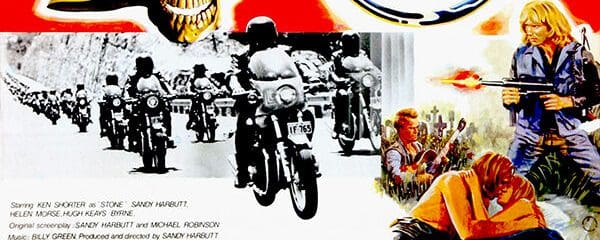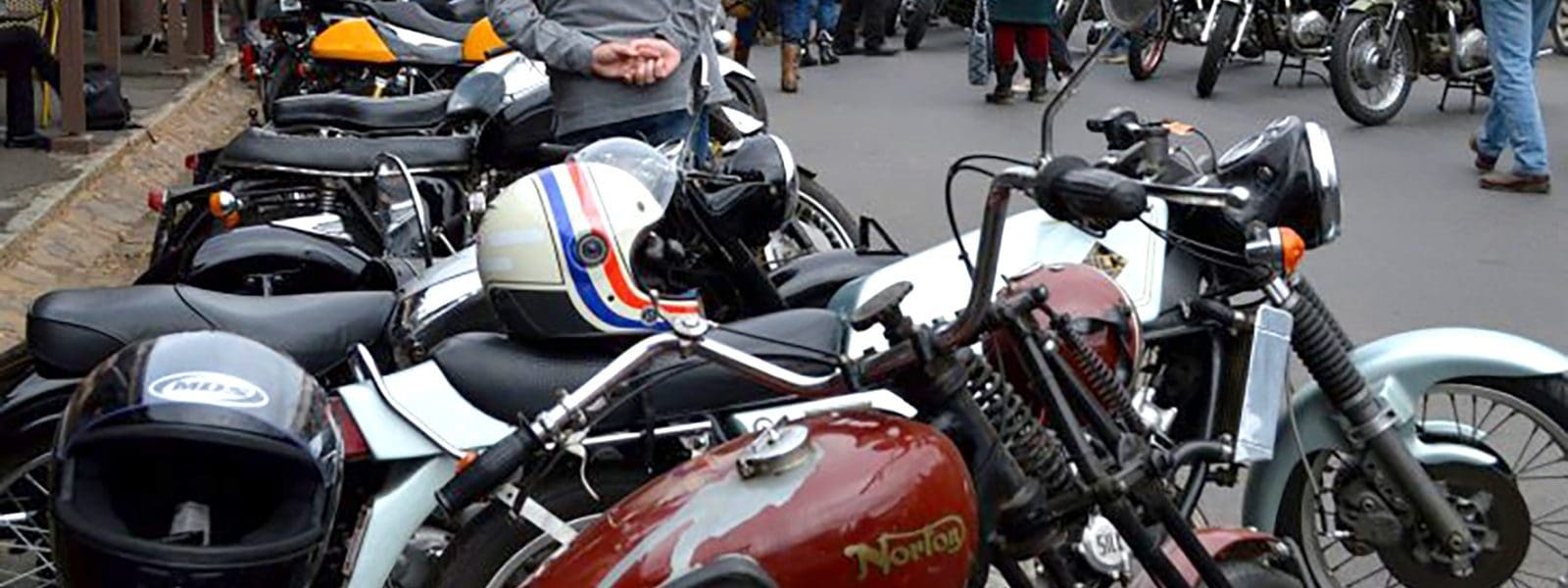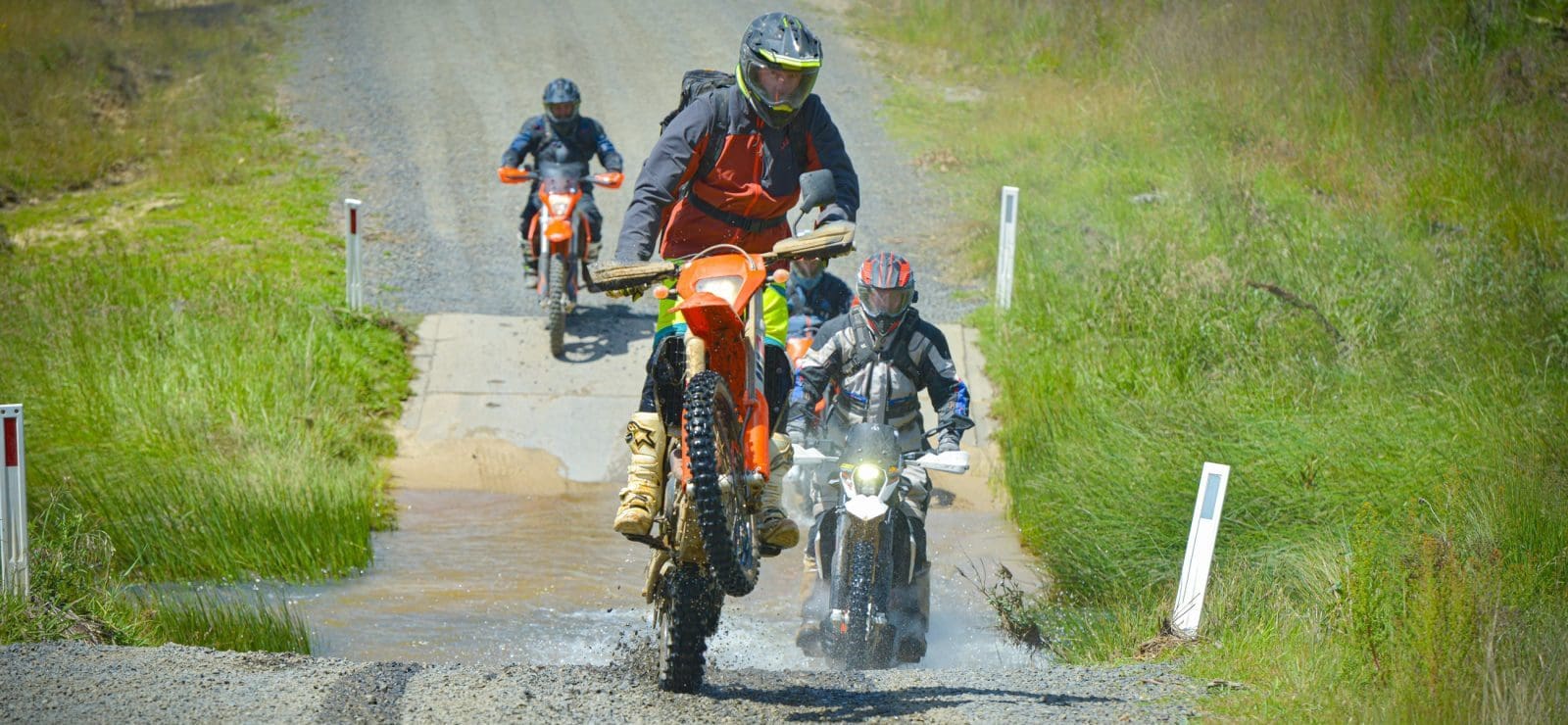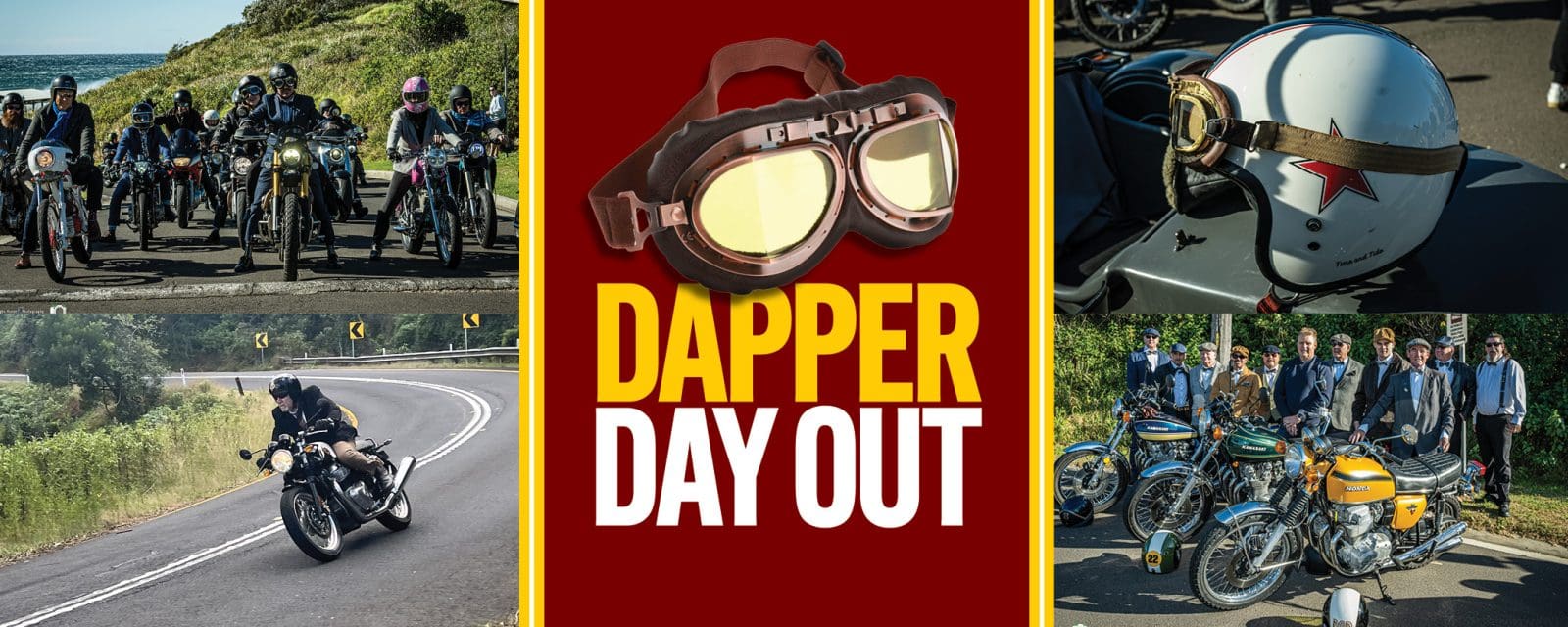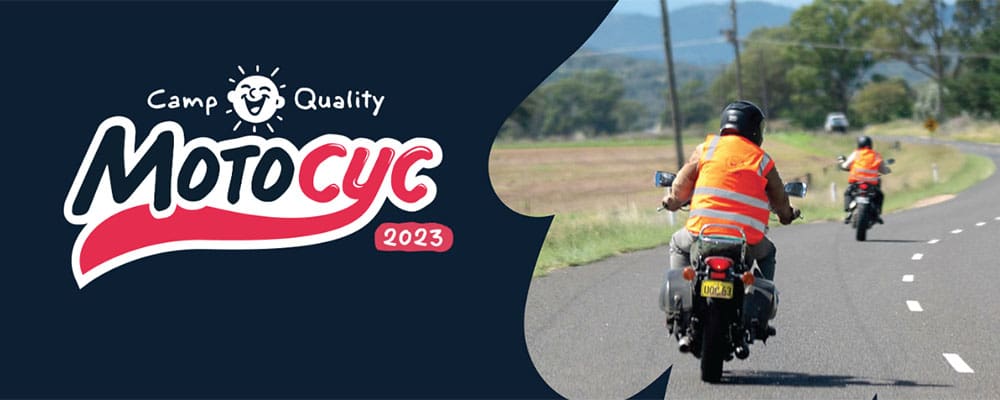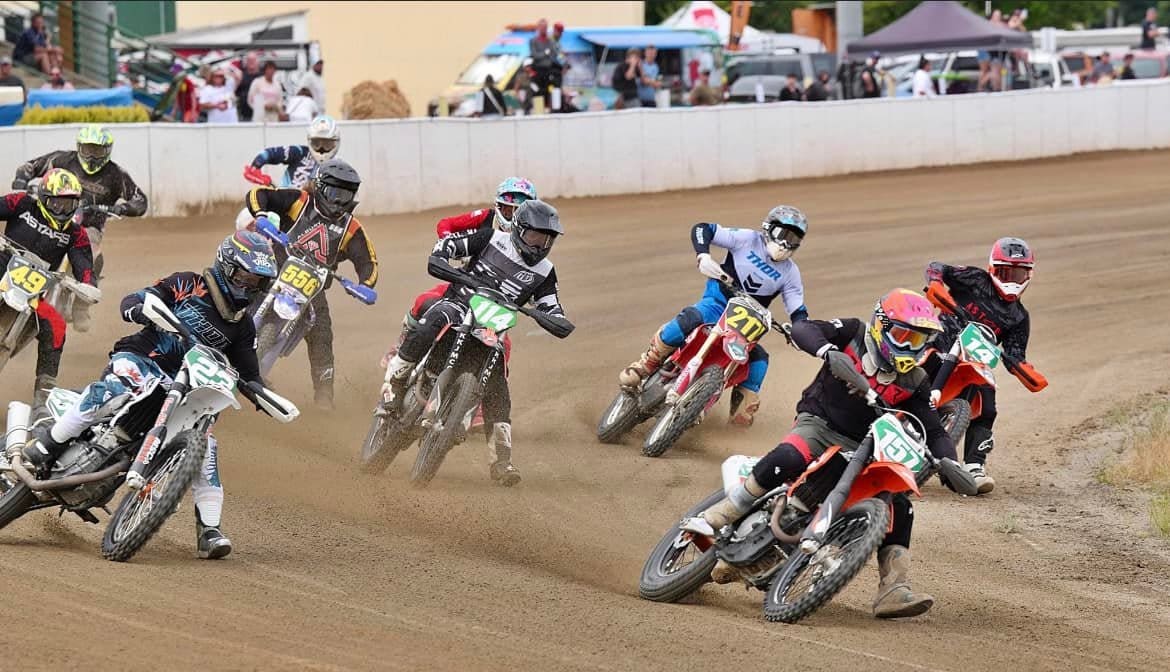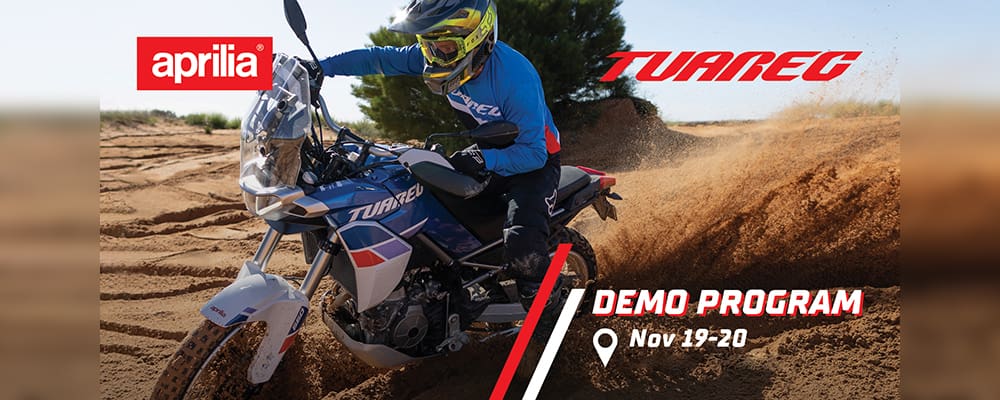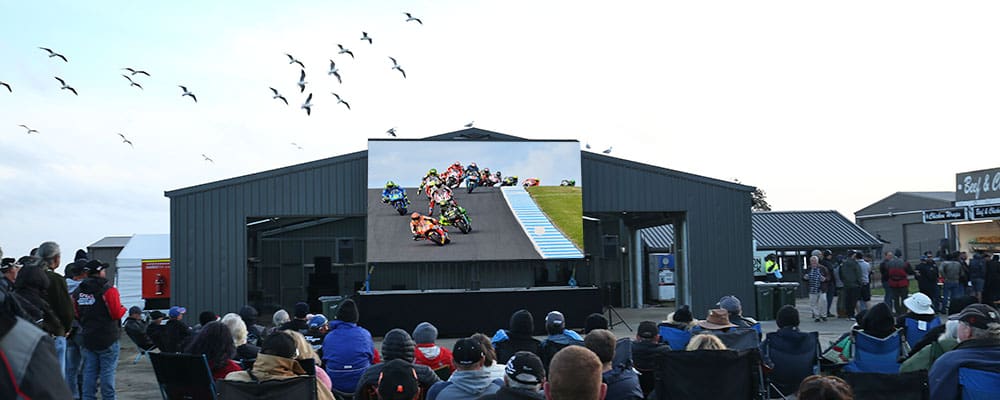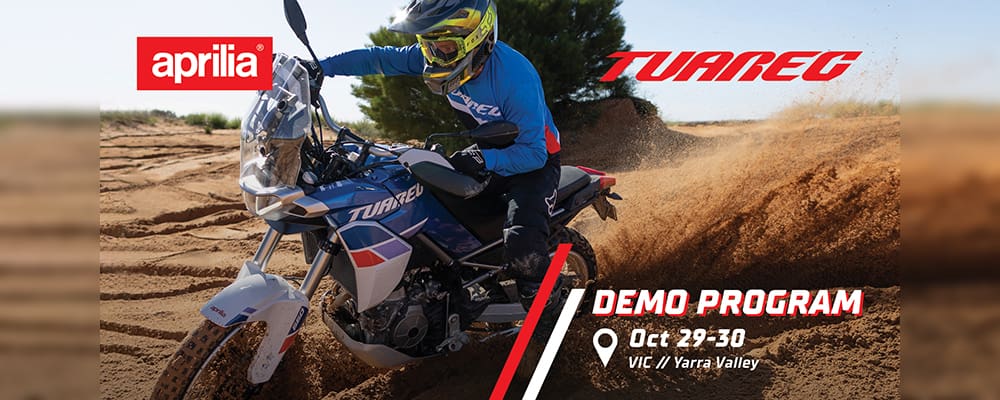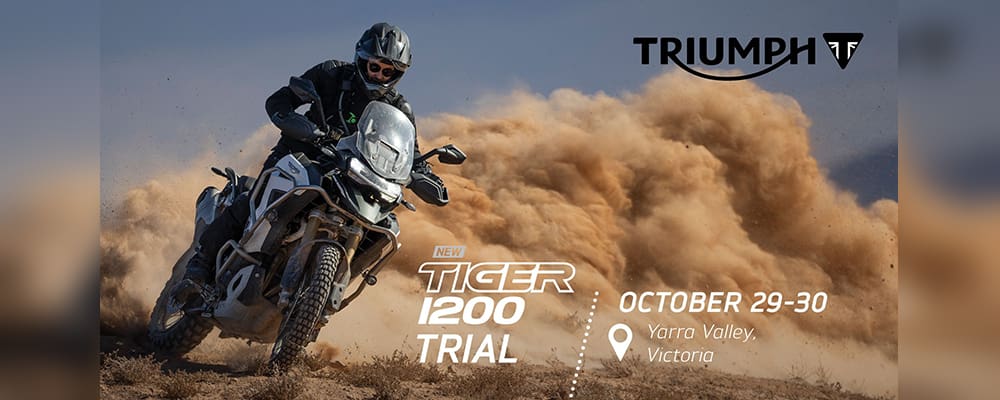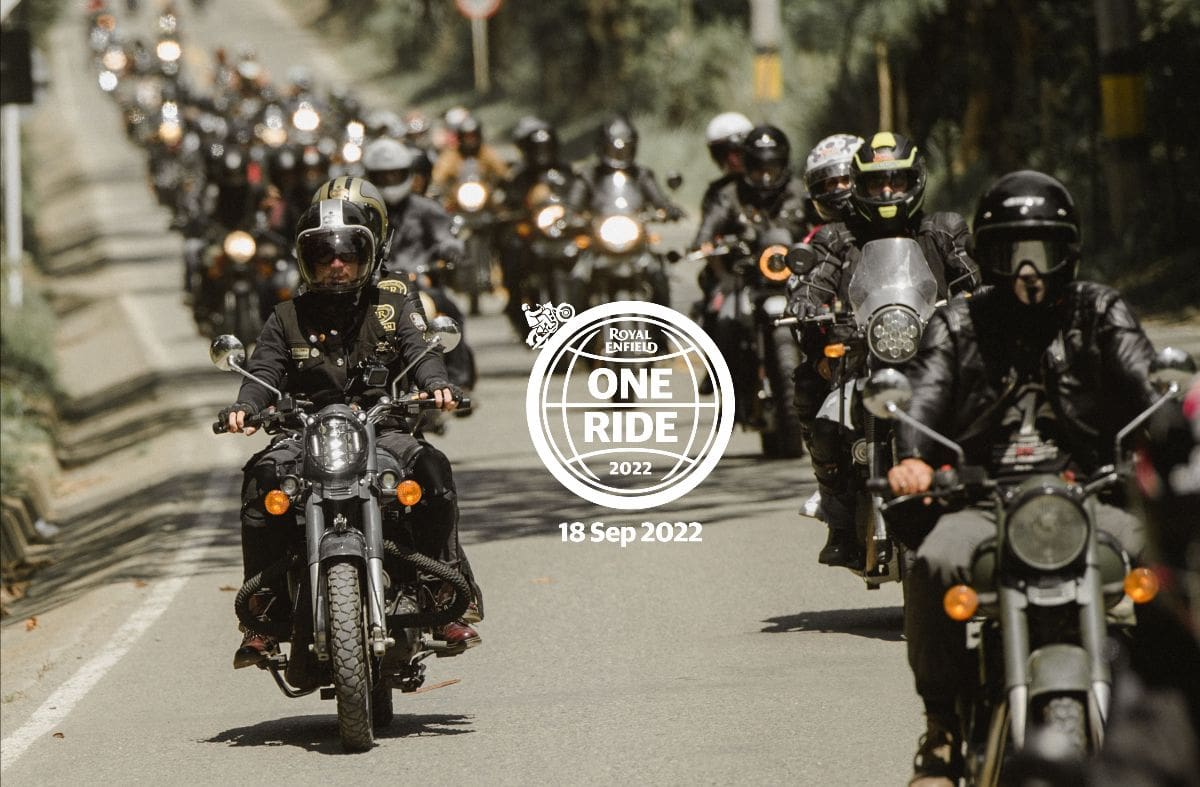In a heavily revamped weekend schedule WSBK race one will now be held on Saturday and race two on Sunday and with each starting at 1pm for maximum possible TV exposure – by avoiding other major sports that take place later in the afternoon like Formula 1, golf, football, etc. It will also allow fans travel time to get to the venues for the start of each main feature race. A 10.30 race one start on Sundays, as per 2015, was too early for all but the hardcore fans.
The new move is a gamble in some ways but with Dorna taking most of their revenue from TV rights, creating a more TV-friendly package was seen as the way forward. Better TV also means more opportunities for teams and manufacturers to find greater sponsorship and exposure for their existing partners.
Dorna is also stressing that the greater freedom in the schedule will allow more entertainment and local interest at races, for fans to enjoy trackside, as well as just the races themselves. Hence space on the new schedule for “Spectator Activities”.
Potential downsides for the fans are ‘having’ to go for two days not one, or missing one race if they can only go on Sunday or Saturday, but not both days.
For teams and riders there is a loss of a single WSBK practice session, but the first two track outings will now last for one hour each on Fridays, not 45 minutes.
There have been major changes in the WSS schedule too, with their pre-race actions now a mirror of the WSBK class, including a two-part Superpole, just after the WSBK version. So we will have WSBK Superpole one starting at 10.30 on Saturday mornings, with the WSS version beginning at 11.30.
The Stock 1000 class remains in 2016, with that race at 14.20 on Sundays. There will still only be one WSS race each weekend, at 11.20 on Sunday mornings.
As well as the schedule and two-day format change, there are other initiatives for 2016.
In a similar move to the Moto2 class, there will now be a limit of the number of test days any team or regular WSBK rider can undertake on a WSBK spec machine – inside or outside the WSBK sphere. Moto2’s test day numbers should be ten, and WSBK should be similar. The rules also allow teams to choose where they test, not just at any designated ‘home’ circuit.
It is as yet unclear if the new and unspecified total will include or exclude the two definite pre-season and two pencilled in mid-season official Dorna tests already released. It seems logical to allow the new ‘lumpsum’ – as they put it – test days to be in addition to those official test days.
Despite the bizarrely unclear wording of the final part of the press release, it appears that riders and teams will still be able to compete in other Superbike classes – BSB, IDM, WEC, or similar – but only of they get an exemption from WorldSBK Race Direction. Until now they had almost total freedom to get more track time by practicing or racing in other championships.
Arguably most significant of all the new rules is that there will also be less stringent homologation rules in terms of outright numbers of new machines. The final homologation numbers for any new model will be 500 – 125 at the first homologation inspection, 250 for the next one at the end of the first year and 500 at the end of year two. This is partly to reflect the simple reality that the global sportsbike market is much smaller than it was in pre-recession times.
There will also be a change to allow homologation midway through a season. This, theoretically at least, should allow Suzuki to race its latest GSX-R in 2016 after all, even if it is not on sale until midway through 2016.
Normally manufacturers launch new models in the winter and homologate the first models at the end of January, before being allowed to start the season in February on a new bike. This latest step should allow manufacturers more leeway in when they can start racing their latest sportsbikes, as long as they still hit the homologation deadlines over the two-year period.
